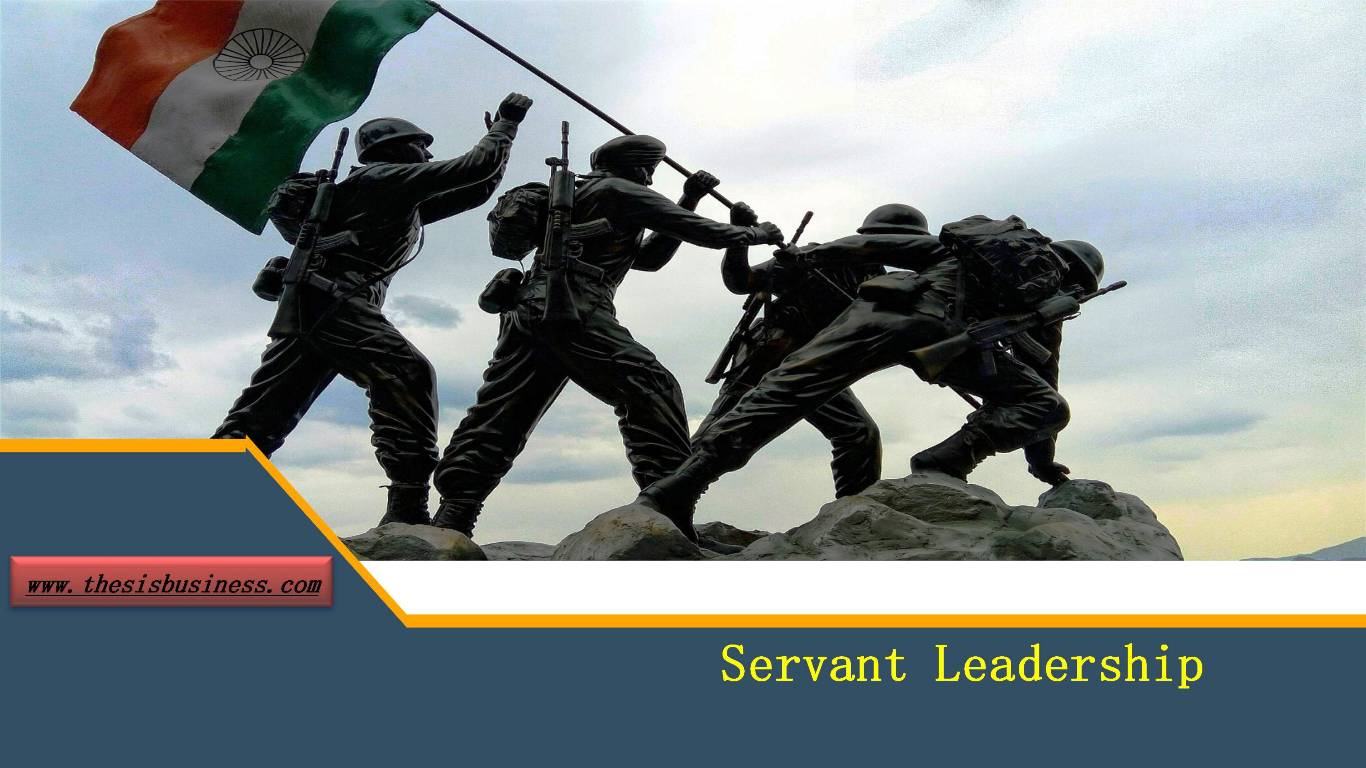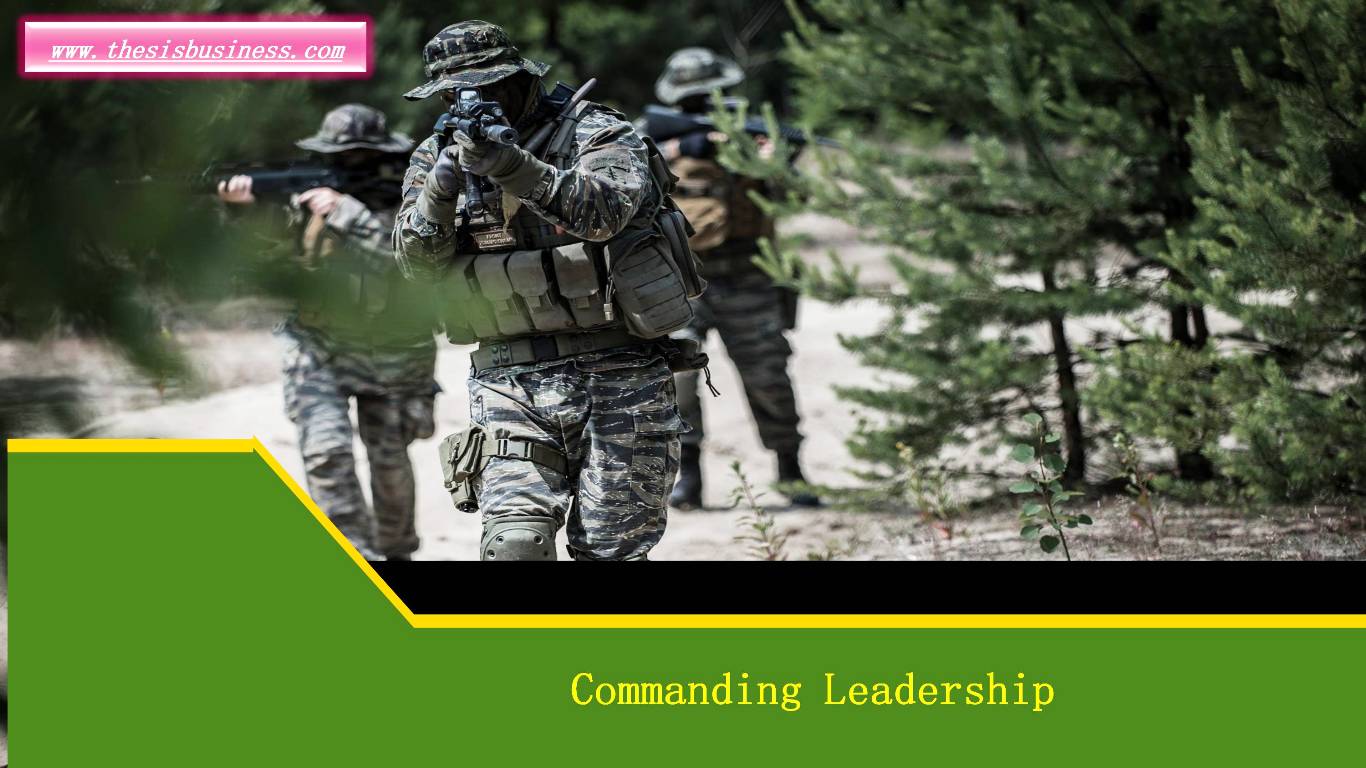Ethics is a special branch of human philosophy that deals with human behavior. A man’s morality is particularly reflected in his behavior toward others in society. Among the various characteristic features of human philosophy, a man has the power to inspire many people through his ethics.
Some people can inspire others through their ethics, thoughts, and ideals, which makes some people or groups place them in the seat of Ethical leadership. Equally, ethics is essential among all the other characteristics of a leader in any workplace that enhances the company’s growth.




